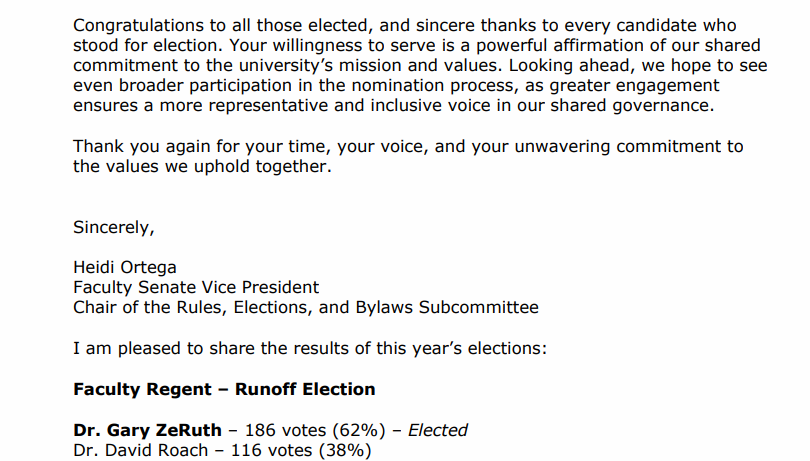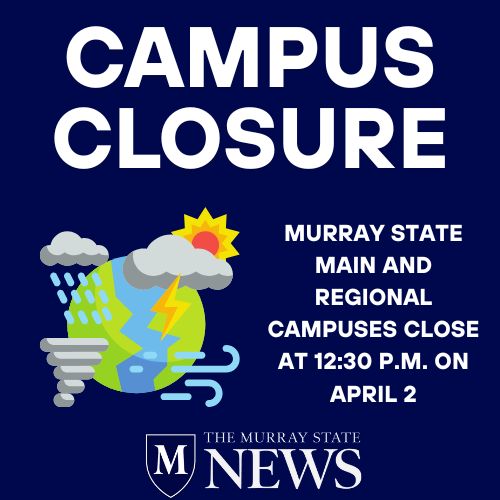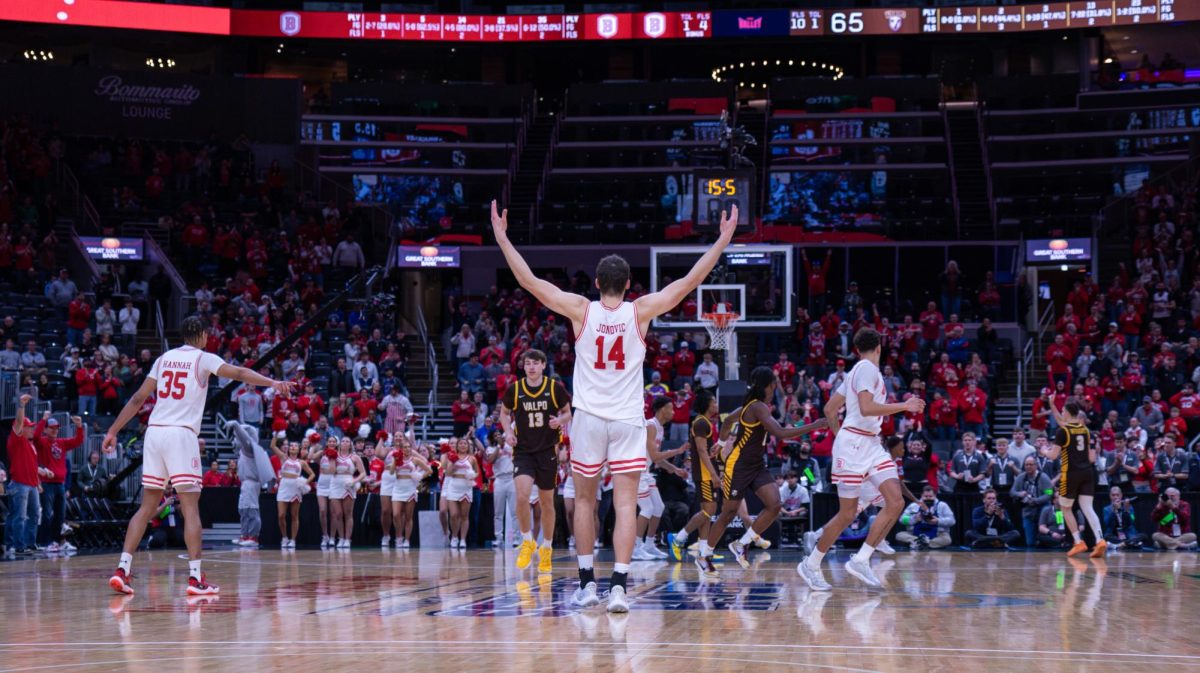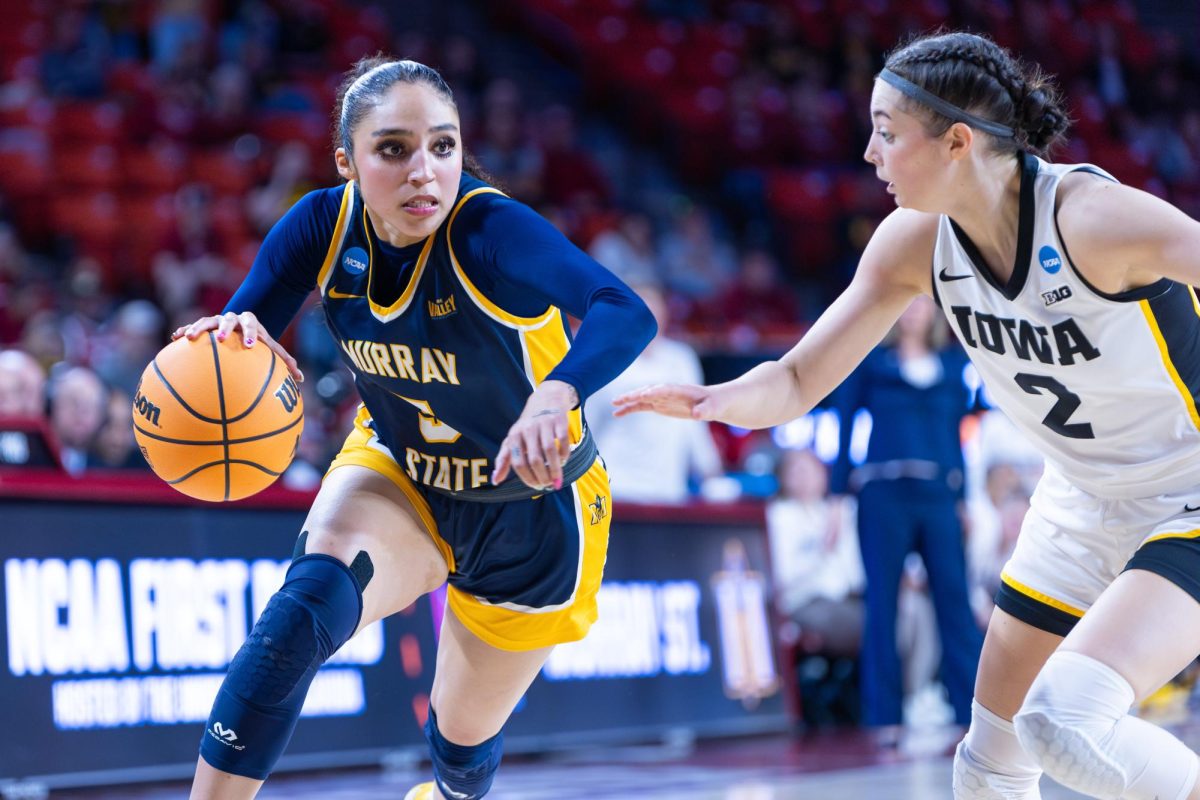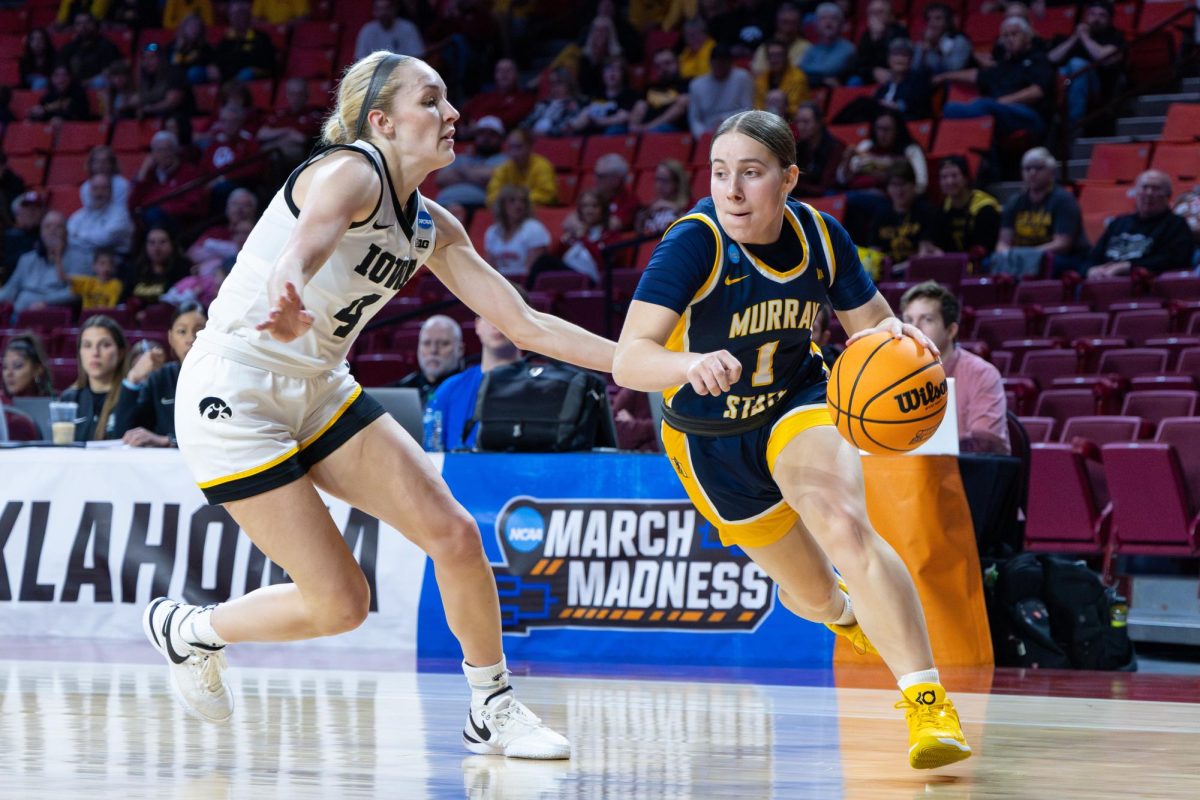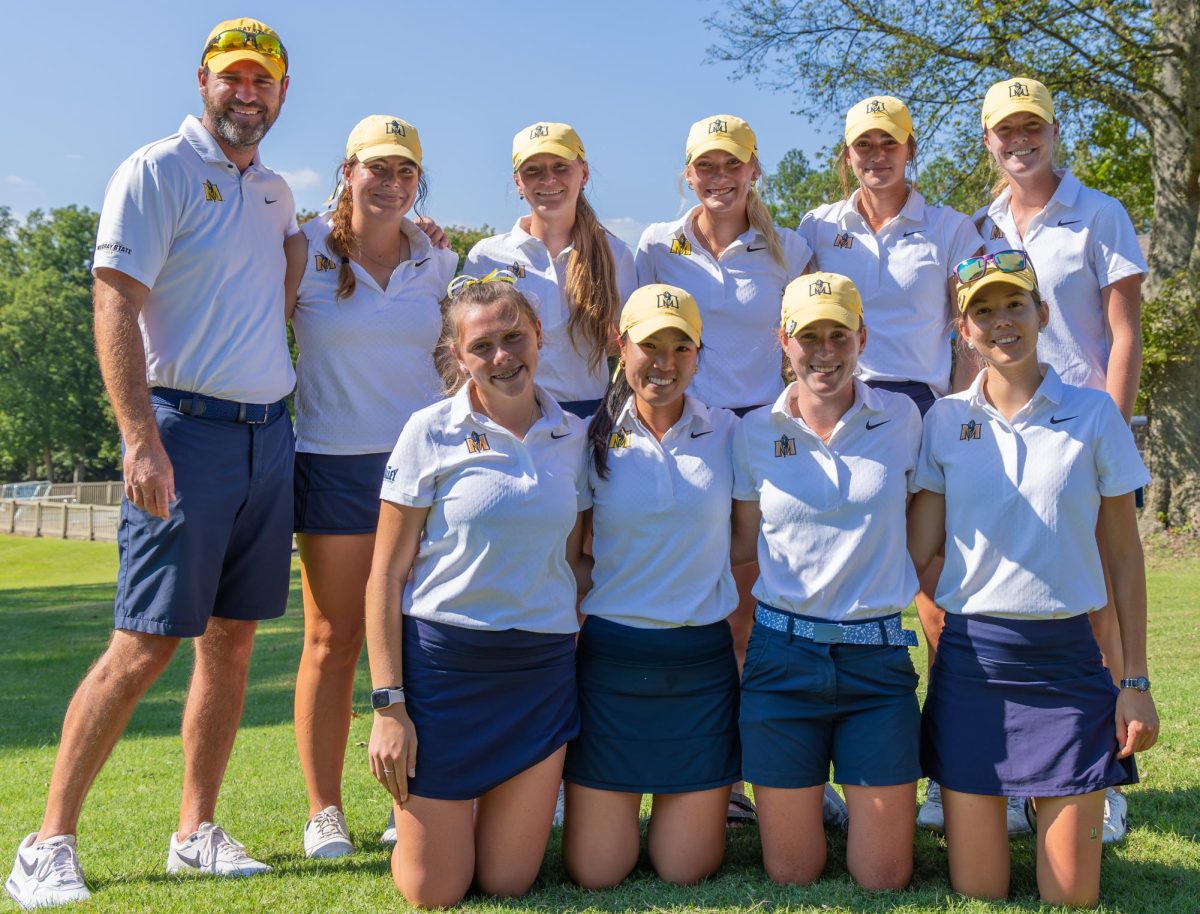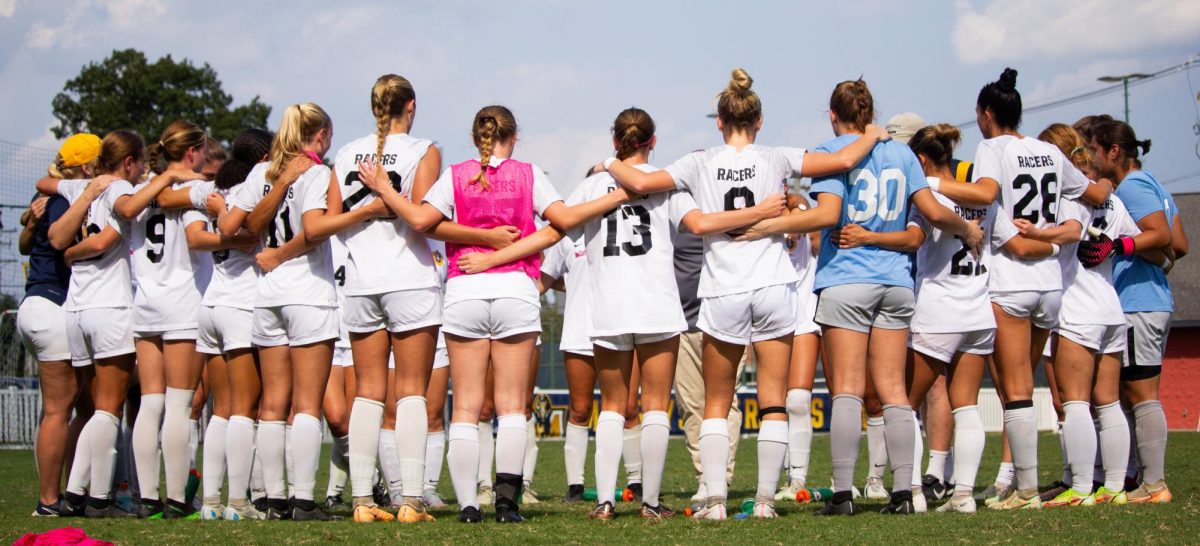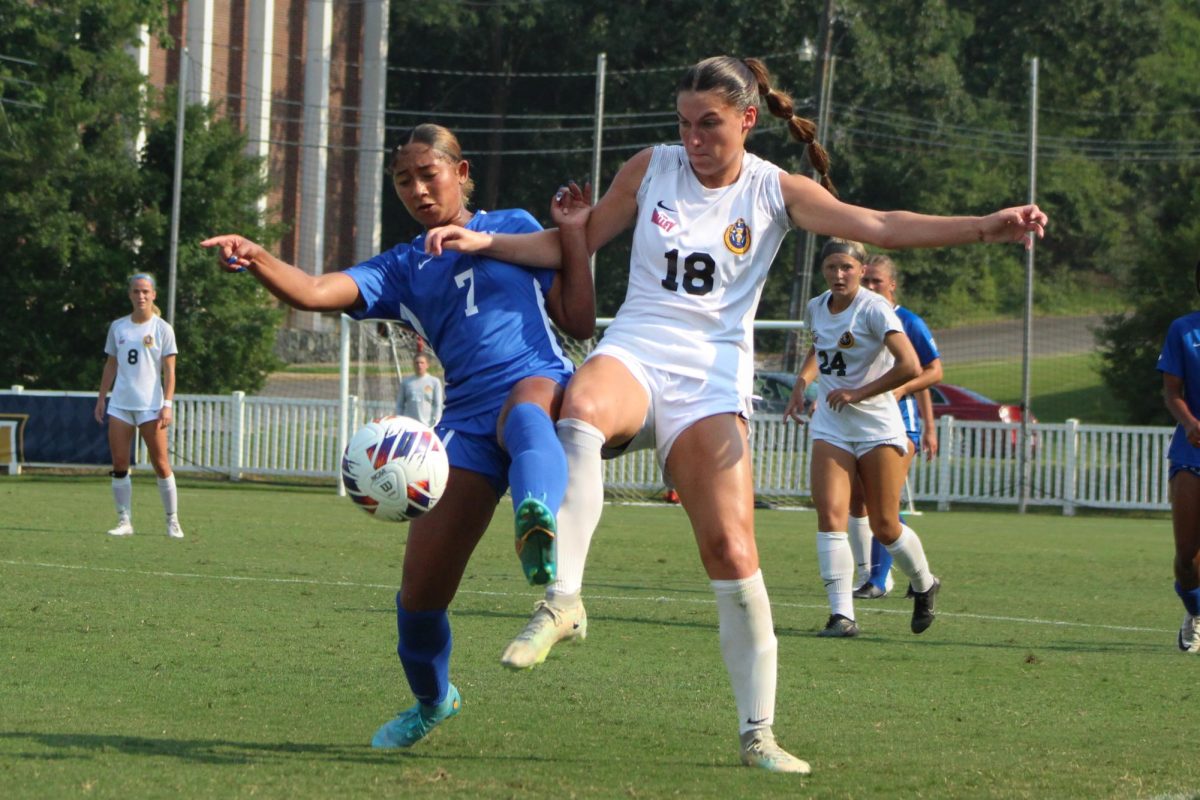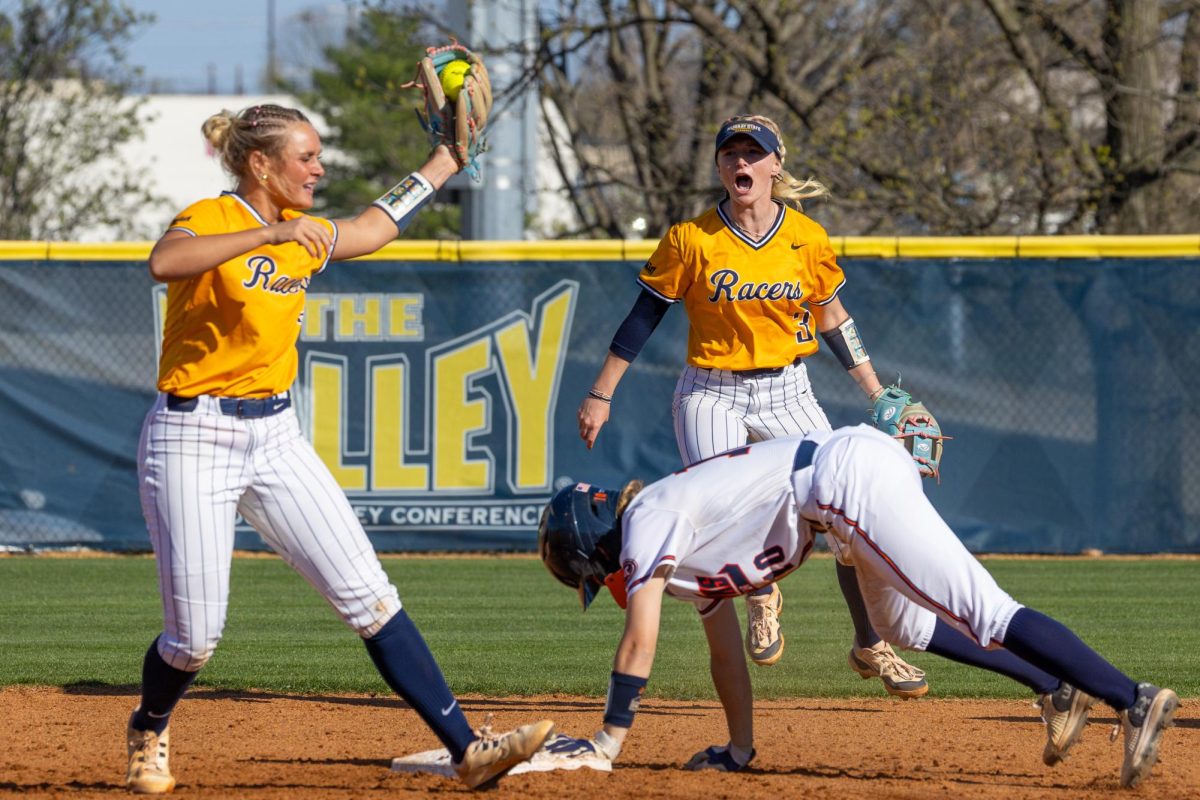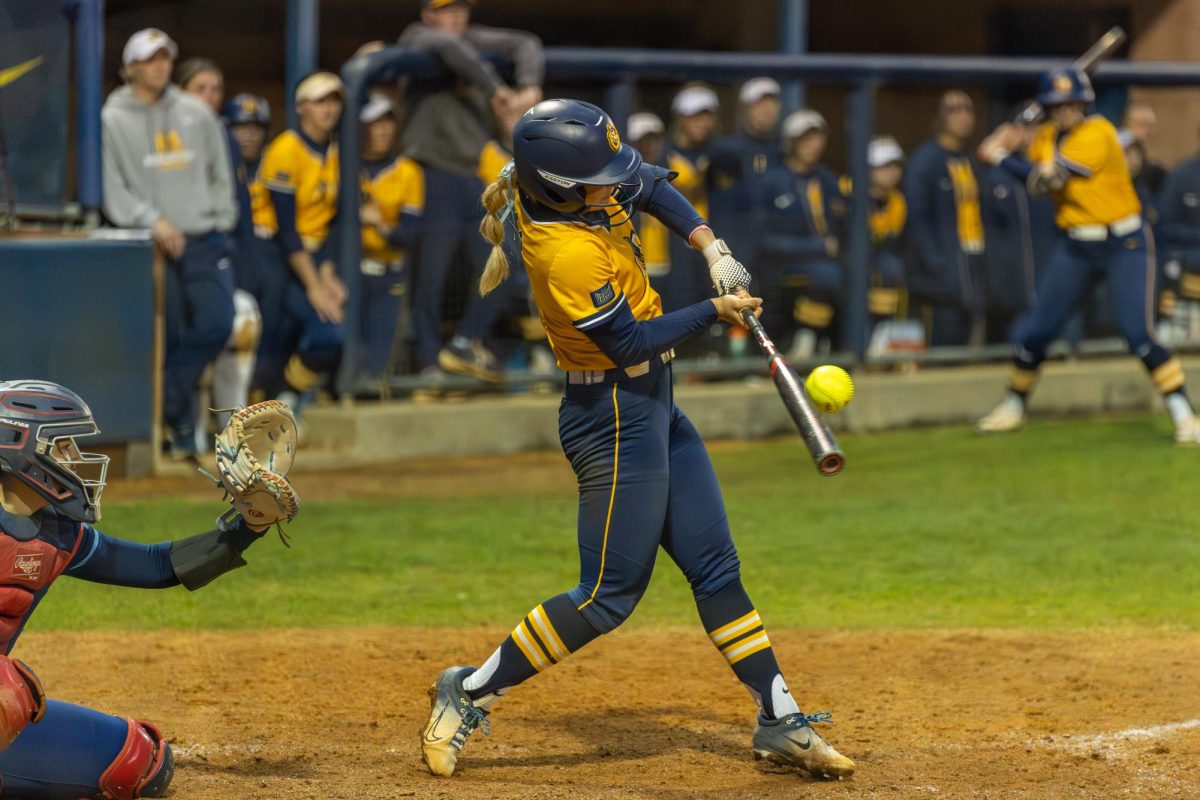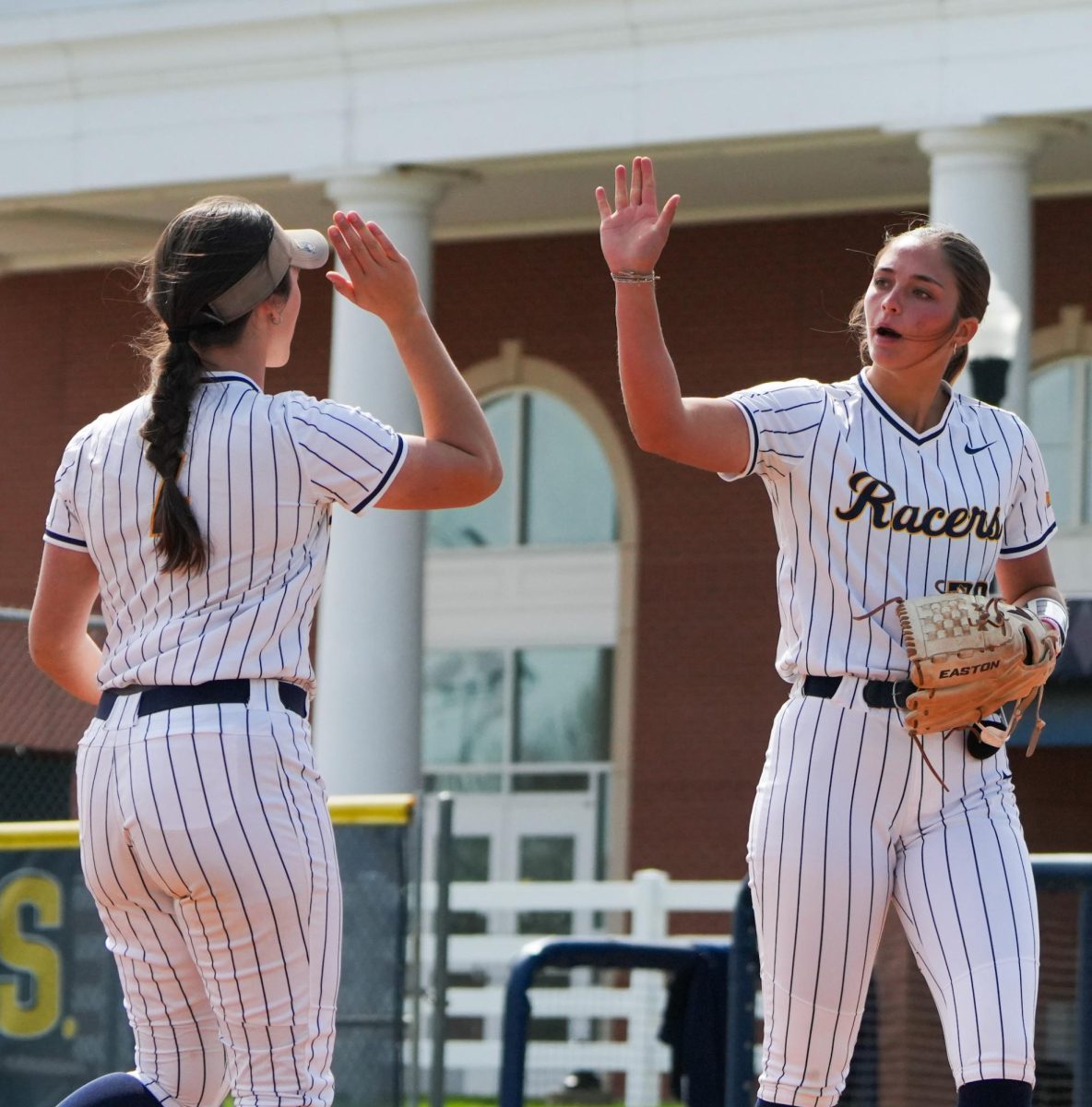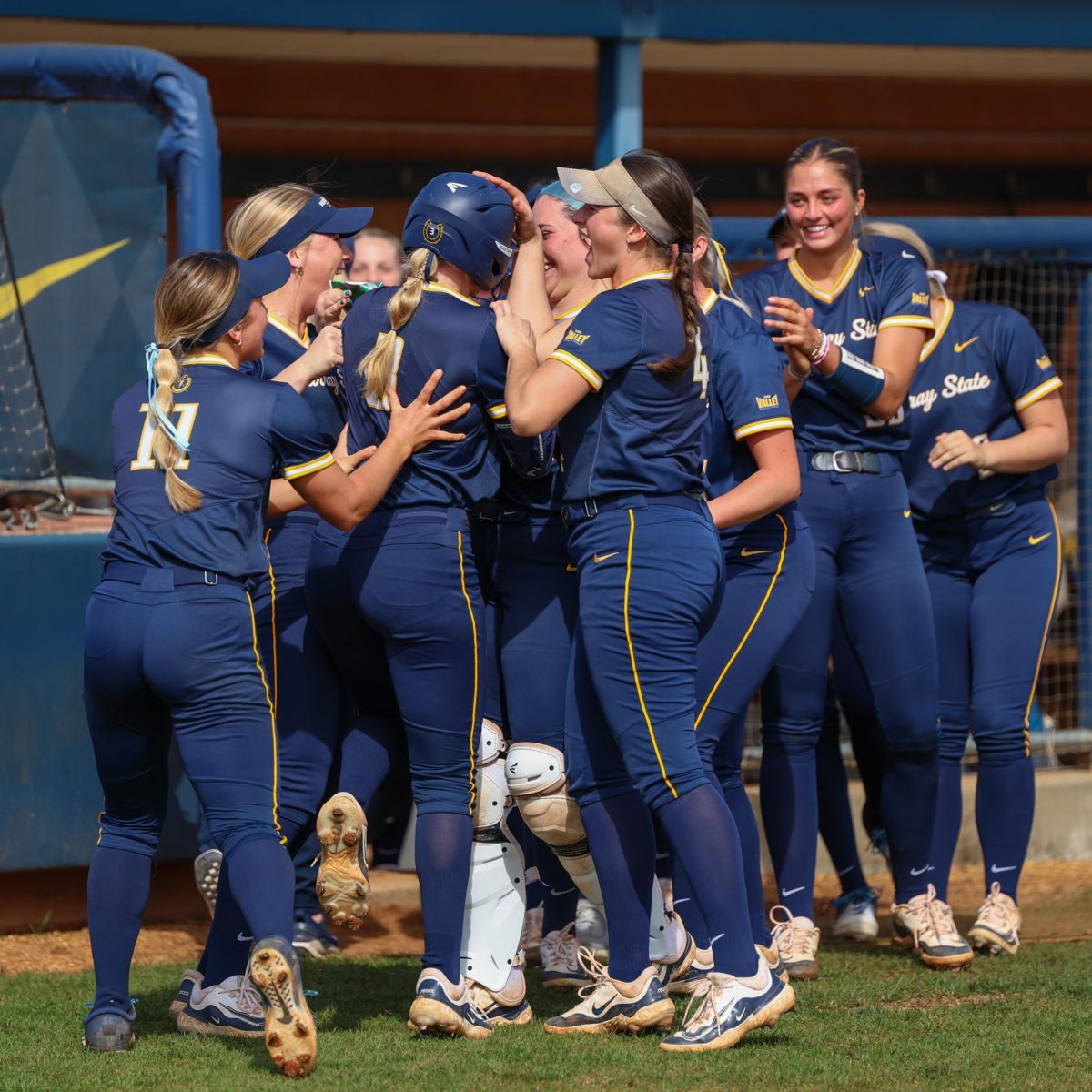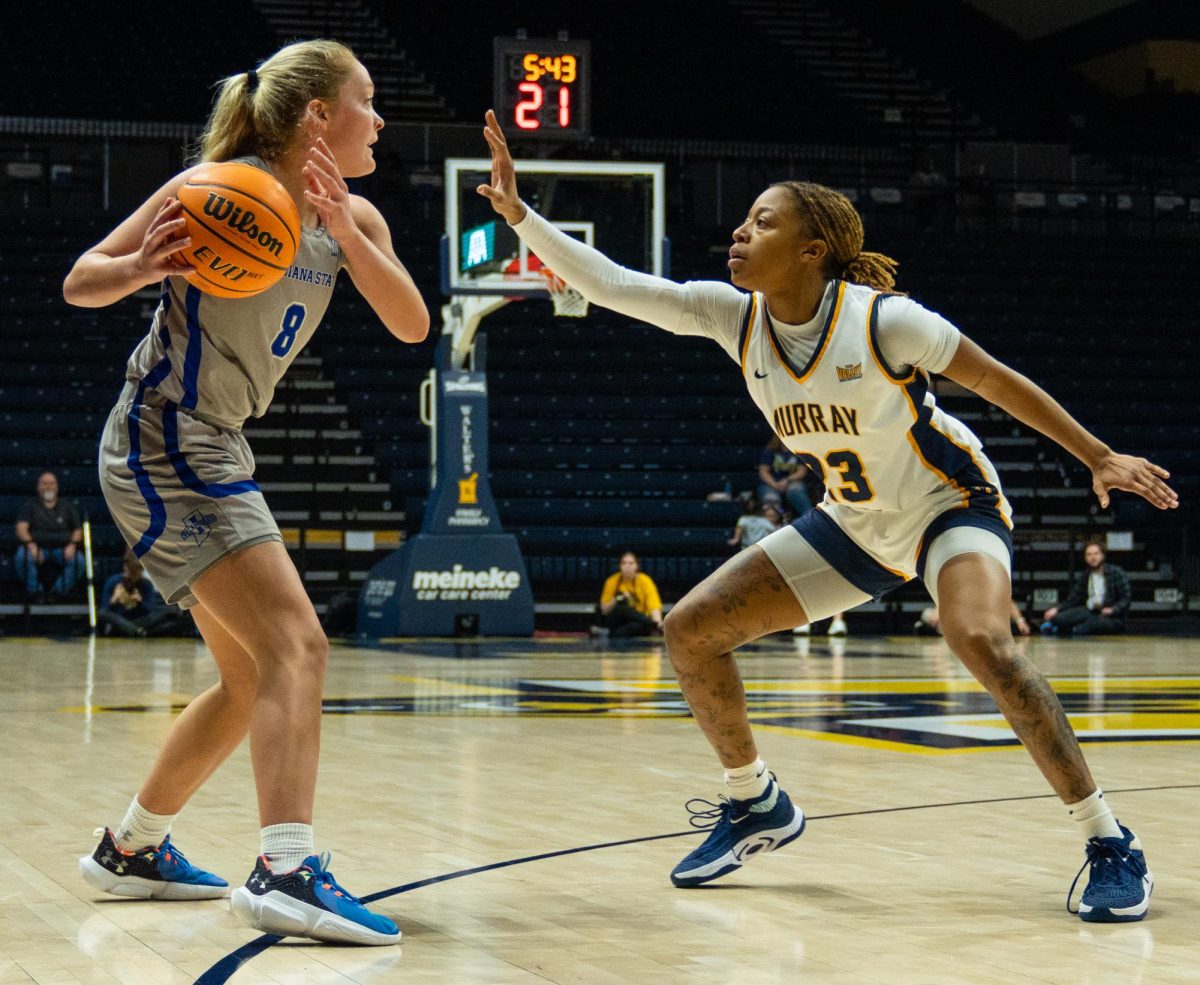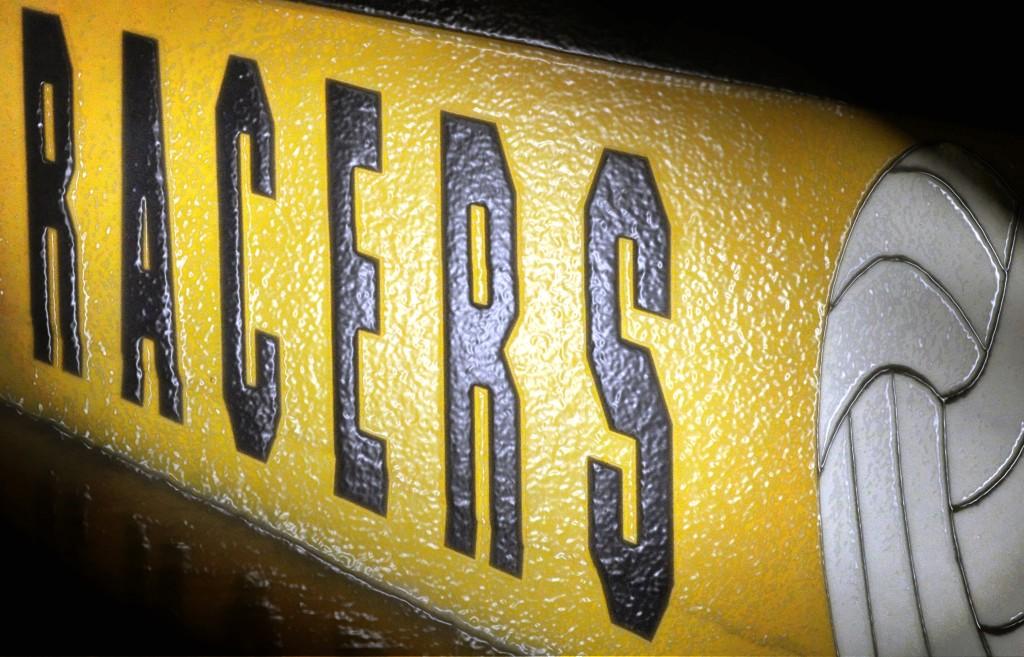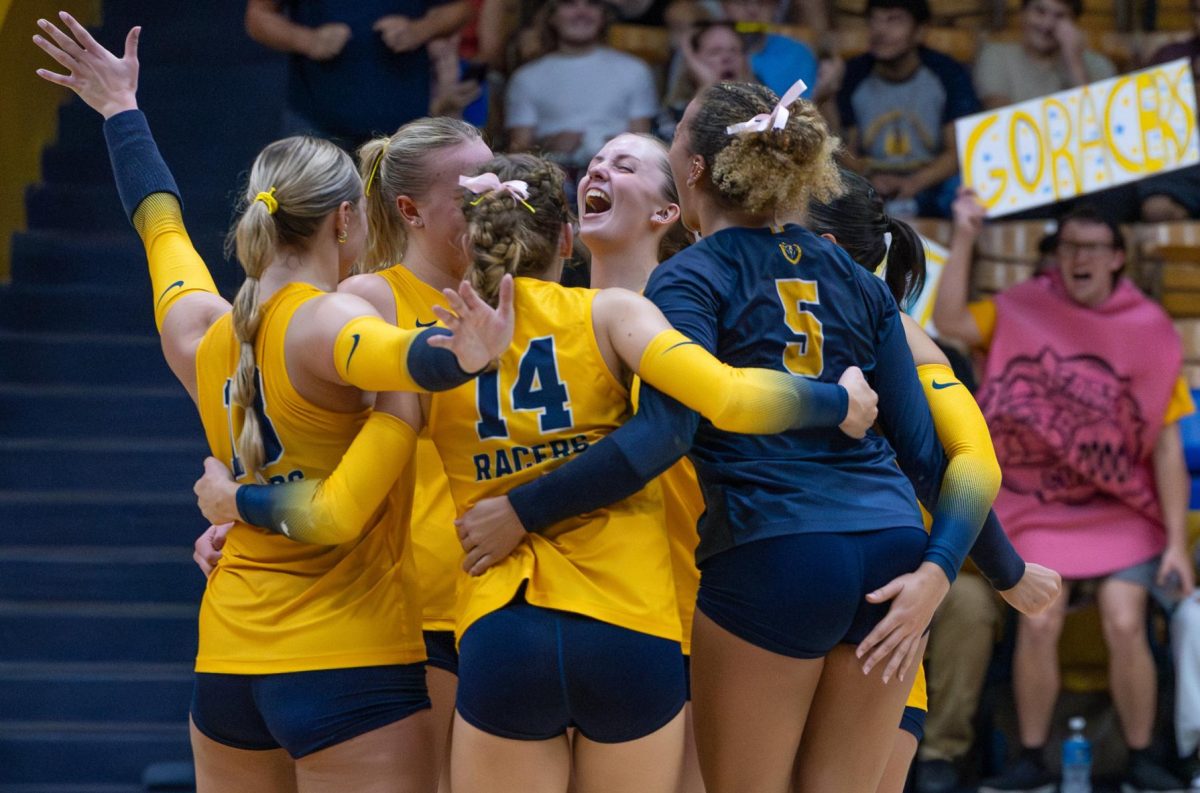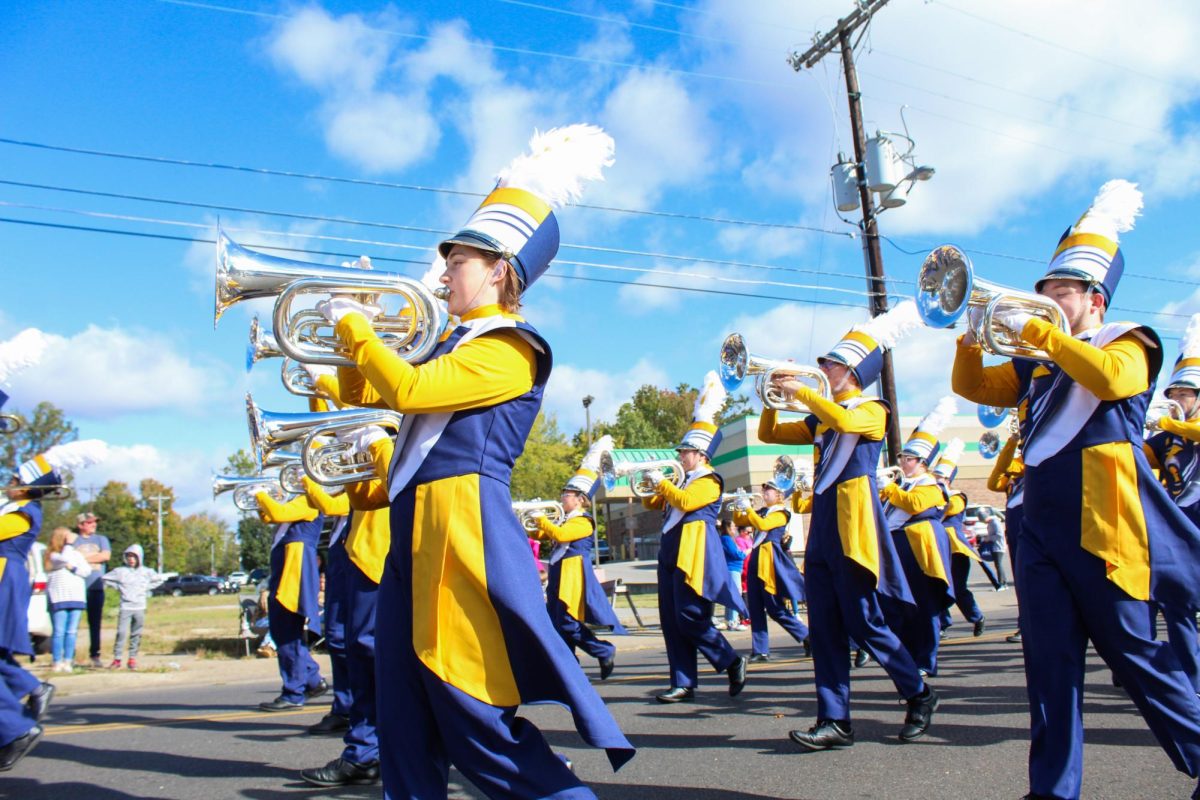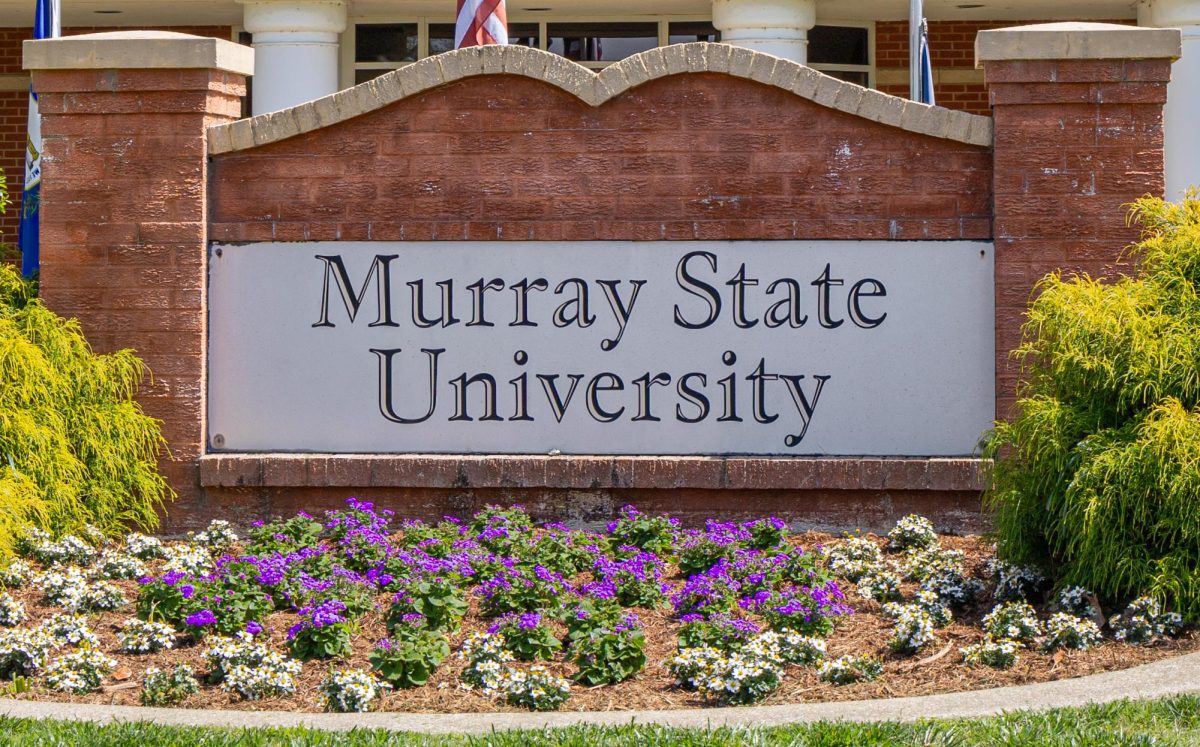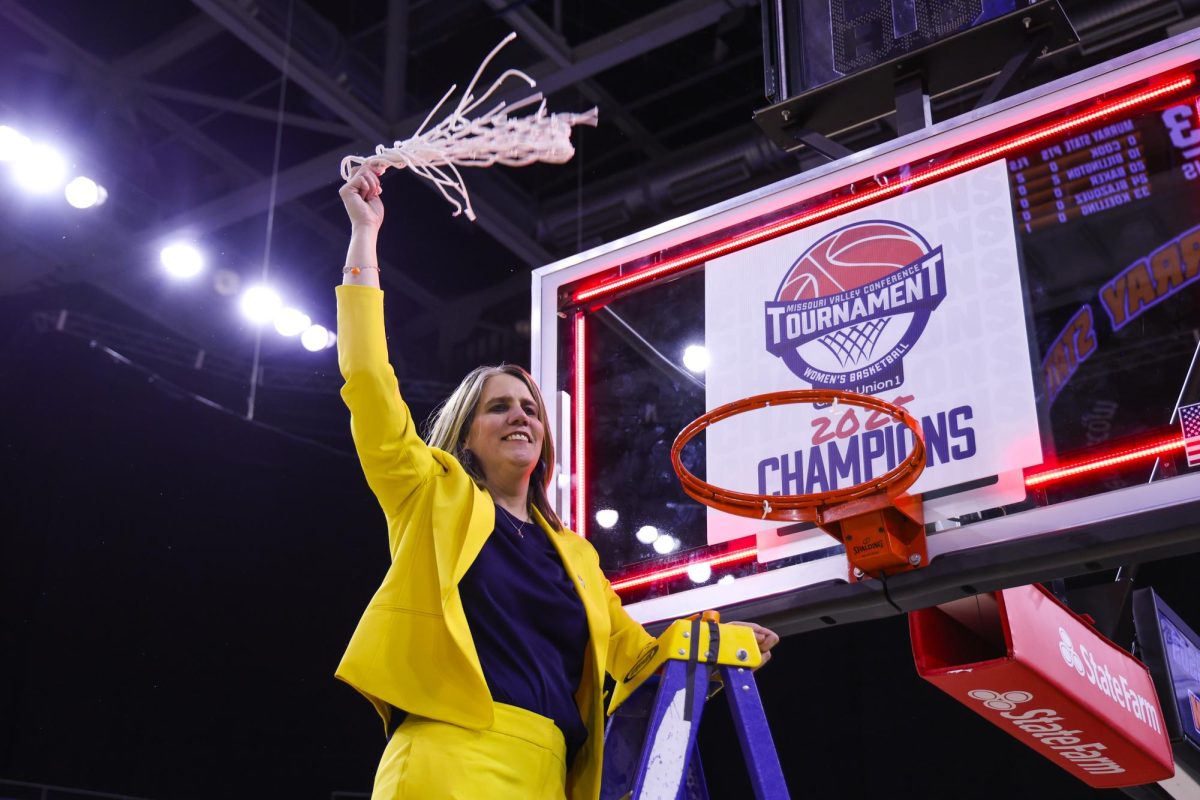Story by Blake Sandlin, Assistant Sports Editor
With Saturday’s win over Belmont, Murray State punched its ticket to the NCAA tournament. They’ve done all a mid-major school of their stature can do. The only question that remains: Where will they be seeded?
As we dive deeper into March and the frontrunners in each respective conference start to emerge, every amateur bracketologist and their mother seems to emerge with them; each with his own unique prediction, algorithm and blazing hot take.
But as much as I would love to plunge into the statistical world, my three credits in MAT 117 hardly give me the credentials. Thankfully, there are pundits out there whose expertise extends slightly beyond that of my Mathematical Concepts course.
Metrics like Ken Pomeroy’s statistical index and the infamous RPI are useful tools employed by the NCAA Selection Committee in order to seed the best 68 teams, but they aren’t the only ones. Lowly outsiders like us are oblivious to the the gamut of factors the NCAA aggregates to seed teams.
And while we can utilize indexes like KenPom and the RPI to supplement our conclusions, ultimately the most probable and realistic metric available to us is the past. Of course, the past isn’t always going to be transitive of the future, but it can sure help.
After some fluctuation down the stretch of the season, most experts have the Racers tabbed as a 13-seed, drawing a matchup with a 4-seed. However, some believe Murray State is deserving of a 12-seed.
If you’re wondering, “Who cares about the difference between a 12-seed and a 13-seed?”, let me hit you with some knowledge. Since the tournament expanded to 64 teams in 1985, there have been 48 upsets from the No. 12 seed. As many as 10 upsets from the 12-seed have come in just the past five seasons. However, in 4-13 matchups, the 13-seed has been nearly half as likely to pull off the upset, winning just 26 games since 1985.
While bracketologists like Joe Lunardi currently have the Racers in the 13 slot in San Diego, that’s no more set in stone than the winner of the national championship. Although Lunardi is among the best in predicting the tournament’s field, his seeding and site predictions aren’t nearly as accurate. Last season, Lunardi picked 67 of the 68 teams in the tournament in his final bracketology of the season.
However, when it came to picking the correct seeding and sites for each tournament team, Lunardi only correctly prophesied the seeding of 28 of the 68 teams. He only picked the correct first round tournament site of 27 teams.
Long story short, everything’s on the table. Well, not everything, but most agree the Racers could be up for a seed anywhere from a 12 to a 14. Let’s jump right in.
Let’s start by analyzing Murray State’s RPI of 54 and how it compares to last year’s field. Out of all the 12-seeds selected last year – Princeton (50), UNC-Wilmington (27), Nevada (29) and Middle Tennessee State (29) – each had a better RPI than Murray State. Those four teams averaged a strength of schedule of 155.5. Murray State’s strength of schedule is a 199.
Another metric that could prove detrimental to the Racers’ 12-seed hopes is their lack of notable wins. Nevada finished its season with an impressive 9-4 record against RPI Top 100 teams, while UNC Wilmington went 6-3 against the Top 100. Middle Tennessee finished 4-1 against the Top 100, but compiled a 2-1 record against the RPI Top-50. Princeton was a slight aberration, finishing with a 1-5 record against RPI Top 100 teams.
While Murray State has a leg up on Princeton with a 3-3 record against the top-100 in wins against Belmont, Illinois State and Wright State, its lack of defining marquee wins will make earning a 12-seed challenging depending on how heavily the NCAA accentuates big wins.
The biggest thing the Racers do have going for them is their win streak. Their 13-game winning streak,the second-longest in the nation, is strikingly similar to Princeton’s winning streak. The Tigers, while not compiling the most prestigious wins in the most prolific conference, ended with a 19-game winning streak with an RPI very similar to the Racers.
Although there’s a big difference between a 19-game winning streak and a 13, when you consider the climate of college basketball this year, plagued with inconsistency and unreliability, I think there’s something to be said for a 13-game streak. The committee could show favor to the Racers, considering their strong play down the stretch.
To draw a larger sample size, I averaged these same statistics from 12-seeds from the 2012-2013 season through the 2015-2016 season. The average record of 12-seeds over the course of these four seasons against DI opponents was 24-7. They averaged 4.5 RPI Top 100 wins and a strength of schedule of 159.7. The mean RPI of these teams averaged 46.5.
Now onto 13-seeds. From the 2012-2013 through last year’s tournament, the average record of 13-seeds was around 24-8, while averaging 3.3 RPI Top 100 wins. The biggest distinction between the two seeds came with the variance in RPI and strength of schedule ranking. The mean strength of schedule of these seeds was 196.45, nearly mirroring Murray State’s SOS. Additionally, the RPI of 13-seeds averaged 64.95.
Does Murray State’s 49 RPI, 199 strength of schedule, 3-3 top-100 record and 24-5 record against DI teams (26-5 including non-DI) deem it worthy of a coveted 5-12 matchup in the tournament?
By the numbers in recent history, Murray State’s analytics suggest they fall somewhere near the middle of a 12 and 13 seed, but ultimately I think the Racers will drop to a 13. But in all reality, maybe a 13-seed isn’t all bad – just ask Danero Thomas.






